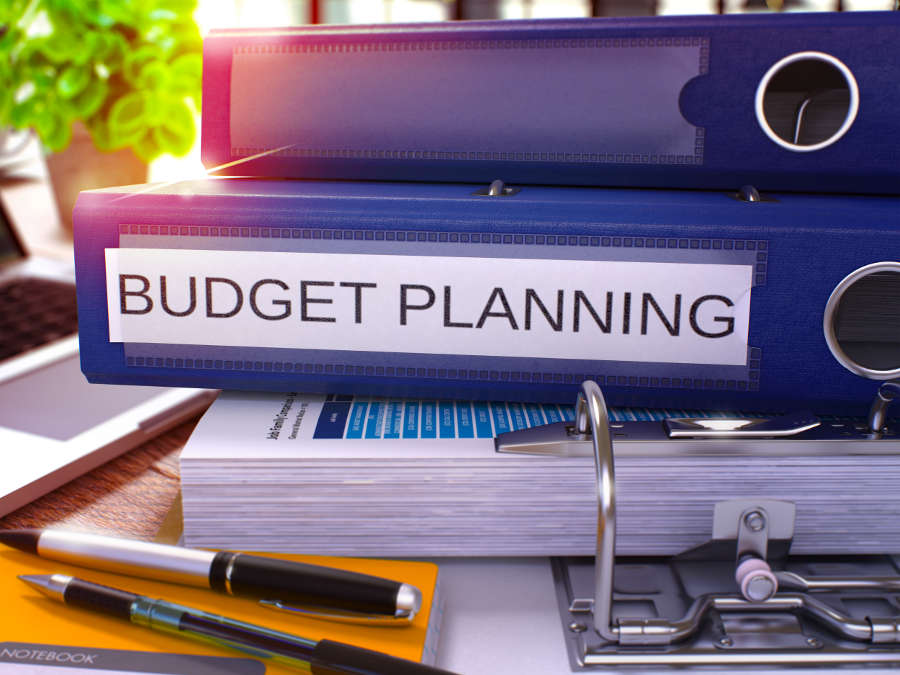I WANT
RELATED LINKS
I WANT
RELATED LINKS
RELATES LINKS
I WANT
RELATES LINKS
Services
Related Links
Use and Management of Cookies
We use cookies and other similar technologies on our website to enhance your browsing experience. For more information, please visit our Cookies Notice.
- Personal Banking
- Stories & Tips
- Tips for You
- Enjoys the benefits of borrowing and increase business opportunity
- Personal Banking
- ...
- Enjoys the benefits of borrowing and increase business opportunity
Enjoys the benefits of borrowing and increase business opportunity
13-03-2019
Debt is a necessary part of doing business but it also presents risk. Businesses loans, lines of credit, and credit cards all provide capital to spend on new equipment and employees and finance growth. It’s estimated that half of small businesses shut down within their first 5 years. Fortunately, there are many things you can do to ensure your small business enjoys the benefits of borrowing but avoids falling into the debt trap.
Be Aware of the Terms of Your Loan
Before borrowing money, read the fine print. Business loans and lines of credit can include loopholes – some of which may help you and others which may cause headaches.

Policy on early payments
Paying off some of your debt earlier than scheduled can be a great way to reduce your debt burden. But some lenders impose penalty fees, making early payments less worthwhile.
Does the lender offer a grace period? A grace period can be a good opportunity for a business to generate positive cash flow before starting payments. But back-ended payments can be a problem for businesses if income falls short of expectations.
Penalties for late payments
In some cases, such as when income is seasonal or highly variable, your business might find it preferable to pay late payment fees. But late payment fees can damage a business if not planned well in advance.
Map Out Your Debt
Knowing your monthly earnings and monthly payments is key to managing your debt. Your monthly earnings (or net income) are your revenues subtracted by all other business costs, such as taxes, salaries and other expenses. If you have a business loan, your monthly payments are your principal (the total loan amount divided by the number of months to pay it off) plus interest. Stable cash flow and a disciplined budget can also help you pay off your debts. If your cash flow and spending are predictable, then it should be easy to predict how much money you’ll have at the end of each month to pay your lender. But if cash flow is variable and you lose track of expenses, you may have trouble meeting payments and start generating more debt than you can handle.
Debt-reduction strategies, including:
- Only spending on essentials until debt is reduced to a certain amount
- Dedicating a specific portion of earnings to extra debt payments
- Paying off extra debt if income reaches a specific target
Keep the loan in a separate account
Keep the loan in a separate account to your usual business account, and transfer money across as and when it is required.This step adds another layer of consideration to purchases, making it hard to spend impulsively. The worst-case scenario is spending creep, where daily business spending eats into the loan and reduces your capacity to make big investments.

Don’t spend the loan all in one go.
For small business owners, a sudden influx of cash can be exciting and empowering, but it is very important to stay disciplined. Think each planned spend through and compare them to your business goals. Stick to a budget so you know where your money is going. Additional money represents a fantastic opportunity to take your business to the next level if used correctly.
- Inventory
- Equipment: you may decide to buy existing machinery or vehicles to broaden the capability of your business or to upgrade existing ones to increase their efficiency
- Marketing: attracting new customers and keeping existing customers loyal is a goal of pretty much every business.
- Develop online channel / e-commerce
- Hiring and training
Automate Your Payments
The best way to ensure you don’t miss your monthly payments is to automate them. Aside from saving you the trouble of manually paying your lender every month, automated payments can have a positive psychological effect. If you see your monthly payments coming out of your business bank account every month, it’ll naturally be easier to factor in those payments when budgeting your monthly expenses.
Consolidate Debt
Debt consolidation refers to the transferring of debts from one or multiple lenders to a single business loan from a new lender. Your new lender deals with paying off your old debts and offers you a new loan, ideally with a lower interest rate and lower monthly payments. It can be difficult enough for small business owners to pay back one loan. But if your business has debts from multiple lenders, having to manage all those payments could be the thing that prevents you from growing your business – or worse, leads to it shutting down altogether. Debt consolidating makes it easier to manage your monthly payments and reduces the possibility of defaulting.

Negotiate Terms
If you find yourself unable to meet payments, you might want to consider renegotiating terms. Collections are expensive for lenders; if you can show that you’re unable to meet your monthly payments, your lender may consider it more practical to accept smaller amounts rather than run the risk of your business defaulting on the loan. Debt management (or debt negotiating) involves having your lender agree to a lower interest rate or to extending the loan term to reduce your monthly payments. If your loan isn’t secured by collateral, there is also the more drastic option of debt settlement: this involves a creditor agreeing to accept a portion of your outstanding debt instead of the full amount.
To begin negotiating, you’ll need to send your lender a hardship letter outlining your case. It should explain:
- Why you’re unable to pay back the loan, i.e. how your business’s financial position has changed since you took out the loan
- What attempts you’ve made to remedy the situation, i.e. slashing your budget, writing up a monthly payment plan
In conclusion, using the loan to get the most benefit to the business is focusing on things that will help businesses grow or expand business and what will lead to a return on investment (ROI). From the money recovered Plan to use money and pay debts carefully. Must follow the plan strictly. If all can be done, the debt will be most beneficial and will not come back as a problem for the headache later.
